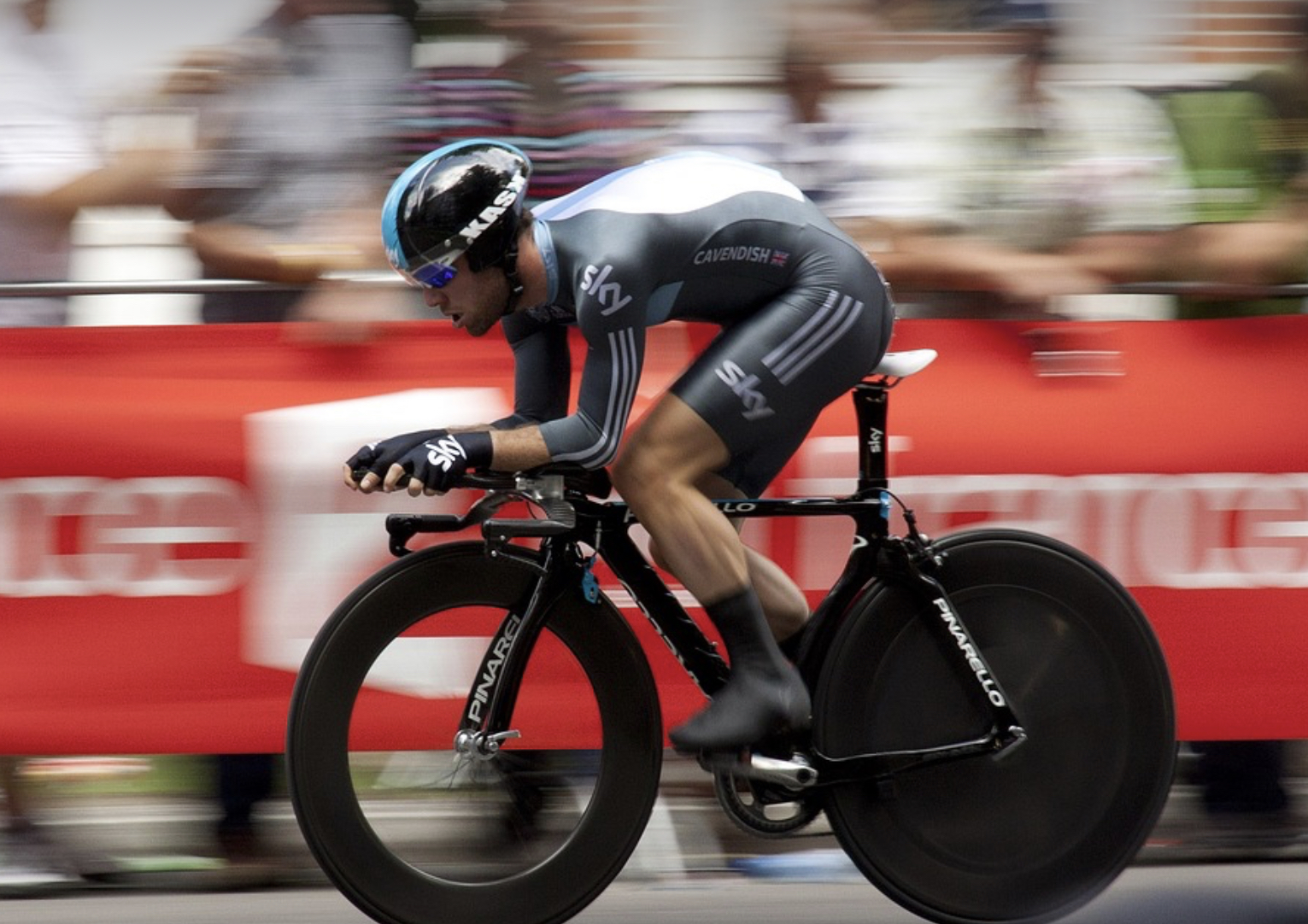
Why are cyclists so lean?
Cyclists tend to have lean and toned physiques for several reasons, many of which are related to the demands and nature of their sport. Here are some key factors that contribute to the leanness of cyclists:
- High Energy Expenditure: Cycling is an endurance sport that requires significant amounts of energy. During a ride, cyclists burn a substantial number of calories as they pedal for extended periods of time. This high energy expenditure, combined with regular training, contributes to weight loss and a leaner body composition.
- Aerobic Exercise: Cycling is primarily an aerobic activity that engages large muscle groups, such as the legs and core. Aerobic exercise promotes fat burning and improves cardiovascular fitness, helping cyclists maintain a lower body fat percentage.
- Consistent Training: Cyclists typically engage in consistent and structured training programs to improve their performance. This involves regular cycling sessions, often covering long distances or intense intervals. Such training routines increase metabolic efficiency, enhance endurance, and promote overall fitness.
- Low-Impact Nature: Cycling is a low-impact sport, placing minimal stress on the joints compared to activities like running. This allows cyclists to engage in longer training sessions and recover more effectively. The reduced risk of injury allows for sustained training, leading to improved body composition over time.
- High Muscle Activation: Cycling primarily targets the lower body muscles, particularly the quadriceps, hamstrings, and glutes. These muscles are continually engaged during rides, resulting in muscular development and a more defined appearance. Increased muscle mass contributes to a higher resting metabolic rate, which can aid in weight management.
- Caloric Expenditure and Dietary Control: To fuel their demanding rides and maintain performance, cyclists often pay close attention to their nutrition. They aim to consume a balanced diet that supports their energy needs while maintaining an appropriate caloric intake. This focus on nutrition helps prevent excessive weight gain and promotes a lean physique.
- Favorable Body Mechanics: The mechanics of cycling involve a repetitive motion that engages multiple muscle groups while minimizing strain on the upper body. This motion is efficient for generating power and propelling the bike forward. It also contributes to developing lean, muscular legs and a relatively smaller upper body.
It’s important to note that while cyclists tend to have lean physiques, there is a wide range of body types and sizes within the cycling community.
Genetic factors, individual training approaches, and other variables can influence a cyclist’s body composition.
Why are cyclists so lean? Cyclists possess impressively lean physiques, a testament to their dedication and passion for the sport.
Their commitment to regular training and high-energy expenditure while cycling leads to remarkable results.
Through the combination of aerobic exercise, consistent training routines, and the low-impact nature of cycling, cyclists achieve a body composition that reflects their exceptional fitness levels. Their toned muscles, defined legs, and overall lean appearance are the visible outcomes of their hard work and discipline.
As they navigate the roads, cyclists exemplify the epitome of health, inspiring others to embrace an active lifestyle and strive for their own physical well-being.
“Life is like riding a bicycle. To keep your balance, you must keep moving.” -Albert Einstein







